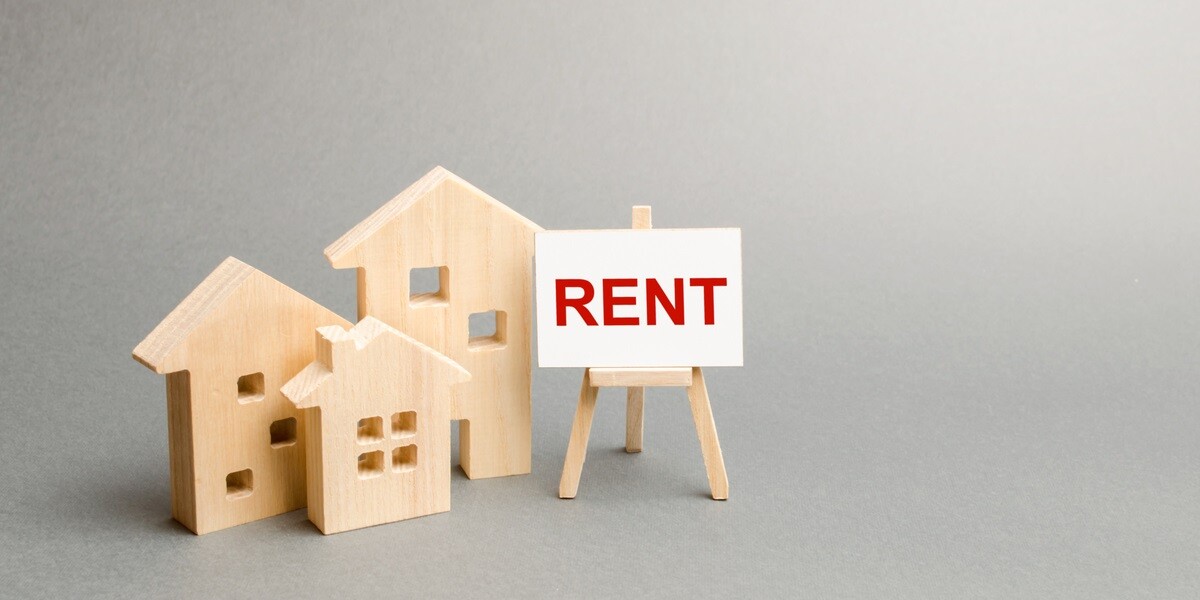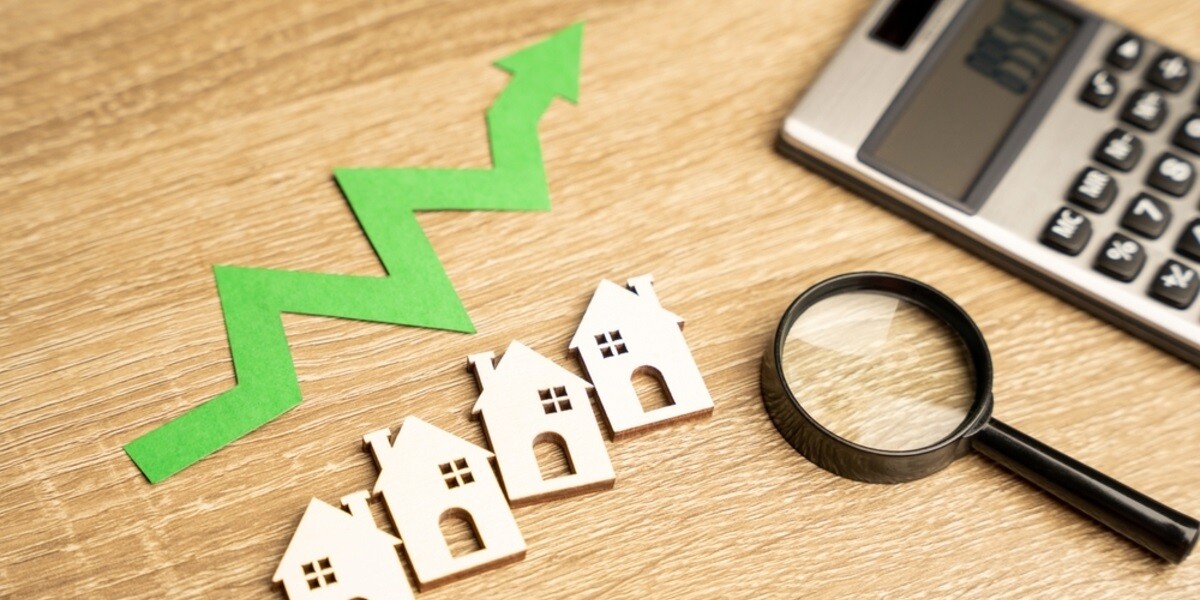Setting the right rental price for your property is crucial for attracting tenants and maximizing your investment returns. However, many landlords fall into common traps that can lead to prolonged vacancies, tenant dissatisfaction, and financial losses.
This comprehensive guide will explore the most frequent rental pricing mistakes landlords make and provide strategies to avoid them. By avoiding these pitfalls, you can ensure your rental property is competitively priced and appealing to potential tenants.
Emotional Pricing
One of a landlord’s biggest mistakes is setting rental prices based on emotional attachment to the property rather than market realities. While having a personal connection to your property is natural, allowing emotions to influence pricing can lead to unrealistic rent expectations.
Why It's a Problem:
-
Too High of Rent: Emotional pricing often results in setting the rent too high, which can deter potential tenants.
-
Prolonged Vacancies: It can lead to prolonged vacancies, reducing your overall rental income.
How to Avoid It:
-
Focus on Objective Criteria: Focus on market trends, comparable properties, and the property’s condition.
-
Meet With a Professional: Consult with real estate professionals or property managers to get an unbiased opinion on rental pricing.
Overestimating Value
Another common pitfall is overestimating the value of your property. Many Seattle landlords believe their property is worth more than similar properties due to unique features or personal investments in upgrades.
Why It's a Problem:
-
Losing Competitiveness: Setting rent above market value can make your property less competitive.
-
Losing Potential Tenants: Potential tenants may opt for similarly priced properties with better features or locations.
How to Avoid It:
-
Market Research: Conduct thorough market research to understand the going rates for similar properties in your area.
-
Examine Rental Prices: Use tools like Zillow, Rent.com, and local market reports to get a realistic view of rental prices.
Ignoring Market Research
Failing to conduct proper market research is a critical mistake that can lead to ineffective pricing strategies. Understanding the local rental market and how your property compares to others is essential for setting the right rent.
Why It's a Problem:
-
Setting Rent to High or Low: Without market research, you may set your rent too high or too low, which can have negative financial impacts.
-
Fluctuations in Demand: Ignoring market trends can result in missed opportunities to adjust your rent according to demand fluctuations.
How to Avoid It:
-
Stay Up to Date: Regularly monitor rental listings in your area to stay informed about current market conditions.
-
Look at Comps: Analyze comparable properties to understand what amenities and features drive rental prices.
Setting Unrealistic Prices
Setting prices significantly above market value is a common mistake that can lead to extended vacancies and lost income. While aiming for the highest possible rent is tempting, being out of sync with the market can be detrimental.
Why It's a Problem:
-
Hurt Your Cashflow: Unrealistic pricing can lead to extended periods without tenants, impacting your cash flow.
-
Higher Tenant Turnover: It can also result in higher tenant turnover, as renters are less likely to stay if they feel they are overpaying.
How to Avoid It:
-
Conduct Market Research: Base your rental price on solid market research and comparable properties.
-
Adjust Pricing as Needed: Be willing to adjust your pricing strategy if you notice that your property is staying vacant longer than expected.
 The Importance of Regular Market Analysis
The Importance of Regular Market Analysis
To ensure your rental pricing remains competitive and attractive to potential tenants, conducting regular market analysis is essential. The rental market can fluctuate due to various factors, including economic conditions, seasonal trends, and changes in local demand.
Conducting a Market Analysis
Regular market analysis helps you stay informed about the current rental landscape and make data-driven pricing decisions. Here’s how to conduct a thorough market analysis:
-
Gather Data on Comparable Properties: Look for properties similar to yours in size, location, and amenities. Collect data from online platforms, local listings, and real estate market reports.
-
Analyze Rental Trends: Identify trends in rental prices over the past 6-12 months. Pay attention to seasonal variations and adjust your pricing accordingly.
-
Assess Economic Indicators: Monitor local economic conditions, such as employment rates and population growth. Understand how these factors can influence rental demand and pricing.
-
Consult with Professionals: Work with real estate agents, property managers, or rental market experts to gain insights and validate your findings. Leverage their experience and knowledge to refine your pricing strategy.
Balancing Cost and Return on Investment
When setting rental prices, it’s crucial to balance the cost of maintaining and upgrading your property with the potential ROI. Overestimating the impact of certain upgrades or underestimating ongoing maintenance costs can skew your pricing strategy. Evaluating the cost versus the potential increase in rent for various upgrades is essential.
While offering desirable amenities can justify higher rental prices, some upgrades may not yield a significant ROI, and overspending can lead to financial strain. To evaluate upgrades effectively, identify which amenities are most valued by tenants in your target demographic. Calculate the cost of these upgrades and compare it to the potential increase in rent. Prioritize upgrades that offer the highest ROI and align with tenant preferences.
Regular maintenance is essential for keeping your property in good condition and attracting quality tenants. However, factoring these costs into your rental pricing is essential to ensure you’re pulling in enough revenue to cover your expenses.
Create a maintenance budget that includes routine upkeep, emergency repairs, and long-term improvements. Use this budget to inform your rental pricing, ensuring you can cover maintenance costs without compromising your ROI. Being transparent with tenants about maintenance policies can foster trust and satisfaction, helping to maintain positive relationships and minimize disputes.
Effective Communication with Tenants
Clear and effective communication with your tenants can prevent misunderstandings and ensure a smooth rental experience. Transparent communication about rental pricing, lease terms, and any changes in rent can help maintain positive tenant relationships.
From the outset, it’s important to set clear expectations regarding rent, due dates, and potential increases. This transparency can prevent disputes and ensure tenants are well informed about their financial commitments. Include detailed information about rental pricing, due dates, and payment methods in the lease agreement.
Communicate any potential for rent increases well in advance, providing reasons and justification for the changes. Offer flexible payment options, such as online payments or direct deposits, to accommodate tenant preferences.
When it comes time to increase rent, handling the process with care and consideration is crucial. Abrupt or significant increases can lead to tenant dissatisfaction and higher turnover rates. Notify tenants of rent increases at least 60 days in advance, giving them time to adjust their budgets. Provide a clear explanation for the increase, whether due to market conditions, property improvements, or rising maintenance costs.
Consider offering incentives, such as improved amenities or flexible lease terms, to offset the impact of the rent increase. By approaching rent increases thoughtfully, you can maintain tenant satisfaction and reduce turnover, ensuring a steady rental income.
Utilizing Technology for Pricing Management
Leveraging technology can streamline the rental pricing process and ensure you’re making data-driven decisions. Various tools and software can help you analyze market trends, set competitive prices, and manage your rental property more effectively.
Rental pricing software can provide valuable insights and automate many aspects of the pricing process. These tools use algorithms and data analysis to recommend optimal rental prices based on market conditions and property characteristics. Benefits of rental pricing software include access to real-time market data and trends, automated price recommendations based on comprehensive analysis, the ability to compare your property’s pricing with similar listings in the area, and integration with property management systems for seamless pricing updates.
Using online listing platforms to advertise your rental property can help you reach a wider audience and gather valuable data on market demand. These platforms often offer features that allow you to adjust pricing based on interest and feedback from potential tenants. To use online listing platforms effectively, create detailed and attractive listings that highlight your property’s features and amenities.
Monitor listing performance and adjust pricing based on the number of inquiries and views. Additionally, use platform analytics to understand tenant preferences and optimize your pricing strategy. By leveraging these technological tools, you can enhance your pricing management and attract quality tenants more efficiently.
 Ensure Competitive and Effective Rental Pricing With Real Property Associates
Ensure Competitive and Effective Rental Pricing With Real Property Associates
Avoiding common landlord pricing pitfalls is essential for maximizing your investment returns and attracting quality tenants. By steering clear of emotional pricing, overestimating value, ignoring market research, and setting unrealistic prices, you can ensure your rental property remains competitive and desirable.
At Real Property Associates, we specialize in helping landlords navigate the complexities of rental pricing. Our expert team conducts comprehensive market analyses and provides personalized guidance to ensure your property is priced right.
Ready to find out how much your property could rent for? Get a Free Rental Analysis and let us help you make the most of your investment.




.jpg)





